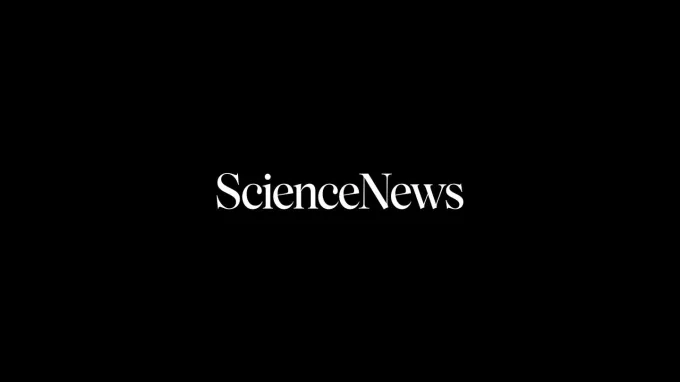Science News Magazine: Current Issue
Vol. 165 No. #2
Trustworthy journalism comes at a price.
Scientists and journalists share a core belief in questioning, observing and verifying to reach the truth. Science News reports on crucial research and discovery across science disciplines. We need your financial support to make it happen – every contribution makes a difference.
More Stories from the January 10, 2004 issue
-
 Health & Medicine
Health & MedicineSARS vaccine triggers immunity in monkeys
An experimental vaccine against the SARS virus shows promise in a test on monkeys.
By Nathan Seppa -
 Astronomy
AstronomyX-ray images highlight galaxy collisions
A new study provides graphic evidence that X-ray observations may be the best way to identify ancient collisions between galaxies.
By Ron Cowen -
 Earth
EarthWhen testosterone gets down and dirty
Testosterone excreted by livestock can pass through soils, which may explain new findings of fish-altering hormonal activity in water downstream of cattle feedlots.
By Janet Raloff -

-
 Astronomy
AstronomyTaste of a Comet: Spacecraft samples and views Wild 2
Pummeled by debris, a NASA spacecraft last week snatched up dust samples while taking the sharpest images ever of a comet's icy core.
By Ron Cowen -
 Humans
HumansCow Madness: Disease’s U.S. emergence highlights role of feed ban
The threat of mad cow disease to both people and animals in the U.S. remains low, as long as government regulations designed to prevent the disease's spread are enforced, risk analysts say.
By Ben Harder -
 Chemistry
ChemistryMoonlighting: Reflective protein causes squid to shimmer
Squid can manipulate light in amazing ways to camouflage themselves at night, and researchers have unveiled a bizarre set of reflective proteins in the animals' tissues that underlie this trait.
-

Neural Road to Repression: Brain may block out undesired memories
Specific brain structures work together to allow people to repress certain memories intentionally.
By Bruce Bower -
 Tech
TechFlashy Transistors: Electronic workhorses also shed light
Researchers have discovered that the transistor can emit light, a yet-untapped talent.
By Peter Weiss -
 Health & Medicine
Health & MedicineGoing against the Grain: Aspirin use linked to pancreatic cancer
Scientists have associated aspirin use with cancer of the pancreas.
By Nathan Seppa -
 Planetary Science
Planetary ScienceA Tale of Two Landers: NASA’s Spirit phones home, but Europe’s Beagle 2 remains mum on Mars
NASA's Spirit rover sent its first signals home soon after it touched down on Mars Jan. 3, but European Space Agency scientists haven't yet heard from their Beagle 2 lander, which dropped to the surface of Mars on Dec. 24.
By Sid Perkins -

Brain gene is tied to obesity
A gene involved in brain chemistry influences whether a person is thin or fat.
By John Travis -
 Health & Medicine
Health & MedicineSelect immune cells help marrow grafts
By excising certain immune cells from donor bone marrow, physicians have devised a new way of performing marrow transplants.
By Ben Harder -
 Health & Medicine
Health & MedicineNovel drug fights leukemia
An experimental drug helps a small but significant fraction of people with acute myeloid leukemia and causes minimal side effects.
By Ben Harder -
 Health & Medicine
Health & MedicineThalidomide-like drug treats blood disorder
A novel drug appears to help people with myelodysplasia, a persistent condition that leaves them short of crucial blood components.
By Ben Harder -
 Health & Medicine
Health & MedicineAge-related anemia hastens death
People who develop low concentrations of iron-containing hemoglobin in their blood as they get older are at elevated risk for serious medical problems and early death.
By Ben Harder -
 Materials Science
Materials ScienceNews That’s Fit to Print—and Preserve
Analyses of newsprint materials suggest that, despite their frail appearance, newspapers can last more than 200 years in storage—a fact that calls into question the merits of microfilming.
-
 Earth
EarthInfrasonic Symphony
Scientists are eavesdropping on volcanoes, avalanches, earthquakes, and meteorites to discern these phenomena's infrasound signatures and see what new information infrasound might reveal.
